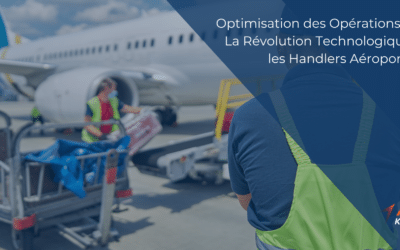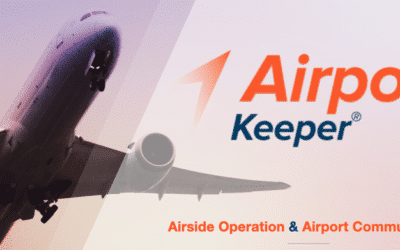A-CDM concepts
For more than a decade, many European airports have successfully implemented the principles of A-CDM (Airport Collaborative Decision Making), improving the efficiency of their operations. The results of this implementation are mainly a reduction in delays for airlines and a reduction in CO2 emissions at the approaches to these airports.
Generally speaking, it has been observed that A-CDM concepts and the solutions that implement them are perceived by regional and local airport managers as too complex or even useless in view of their traffic volume. The implementation of A-CDM in airports is often identified as requiring heavy CAPEX investments and long months of organization and processes to educate, train and install the systems needed to operate it.

The unprecedented health crisis that has hit airports heavily for over a year has cut air traffic by an average of 70% compared to 2019. However, it has revealed the value of A-CDM concepts in crisis management for regional and local airports.
A shared vision of operations is at the heart of the A-CDM concept. In this unprecedented situation, limiting multiple communications, optimizing decision making, reducing the number of errors and misunderstandings and reducing costs are (survival) issues for all types of airports.
This search for savings requires reliable, centralized and standardized access to operational information through a single platform, accessible at any time and on any medium.
In addition, regional and local airports often suffer from the use of software solutions that work in silos, i.e. addressing a specific issue (requesting assistance and ground handling services, tracking flights in tactical mode, invoicing airport users, etc.), with limited connectivity and therefore generating numerous duplicate entries of information, a source of inefficiency and frustration for the operational teams.
By nature, and even more so in the current situation, the versatility of regional and local airport staff is reinforced, and any exchange and collaboration solution as advocated by the A-CDM concepts must take this specificity into account and offer the most transversal levels of service possible.
Health crisis drives change at regional airports
In the A-CDM concepts, one of the main levers improving the decision making process for any operation is the access to a tool allowing to easily exchange with the airport community beyond the organizational barriers inherent to the different companies operating on an airport (ground handling company, airlines, security company, etc.).
Even if the decrease in traffic has resulted in a decrease in these exchanges, it is no less true that inter-team communication, still too strongly based on intrusive voice exchanges and not very conducive to confidentiality, remains too often inefficient.
It is imperative to give all airport stakeholders free and unlimited access to information so that everyone can contribute at their own level to improving the common knowledge of the operations situation.
This particular situation has also revealed the need to provide the most accurate information possible, adapted to the users’ profiles. The time of the single interface where each user comes to find by himself the information that suits him to accomplish his activities is over.
It is therefore necessary to provide a highly configurable collaboration solution to cover this need for instant access to information, whether it is for a bird hazard manager or for a passenger handling agent in the terminal.
Il est donc nécessaire de fournir une solution de collaboration hautement configurable pour couvrir ce besoin d’accès instantané aux informations, que ce soit pour un responsable du péril aviaire ou pour un agent d’accueil en charge des passagers dans l’aérogare.
It is clear that airports will not be able to sustain heavy CAPEX investments to deal with this crisis. It is therefore obvious that they need to provide a digital solution based on a flexible, no-commitment subscription whose cost to the airport is proportional to its current traffic volume so as not to jeopardize the recovery before it has borne fruit.
It is in this spirit that AirportKeeper‘s solution is designed to accompany its customers on the path to A-CDM.
The introduction a few years ago by Eurocontrol of the AAT (Advanced ATC Tower) accreditation has allowed some airports to establish this privileged link with the Network Manager in order to take advantage of the benefits, while fearing the inevitable difficulty of its implementation.
Here again, with its recognized experience and expertise in this field, Innov’ATM demystifies this complexity and assists its customers at every step so that this transition to network connectivity is quick and secure.
The COVID crisis was a brutal and unexpected shock by its magnitude and duration. But, paradoxically, it is also an opportunity to initiate an in-depth digital transformation for regional and local airports which, thanks to the greater availability of their human resources and their appetite for change generated by this period of uncertainty, will be the first drivers of this evolution.
Innov’ATM, an innovative company with the ambition to revolutionize air traffic management solutions, is working today with its AirportKeeper digital solution to simplify access to the benefits of A-CDM concepts for all regional airports.


